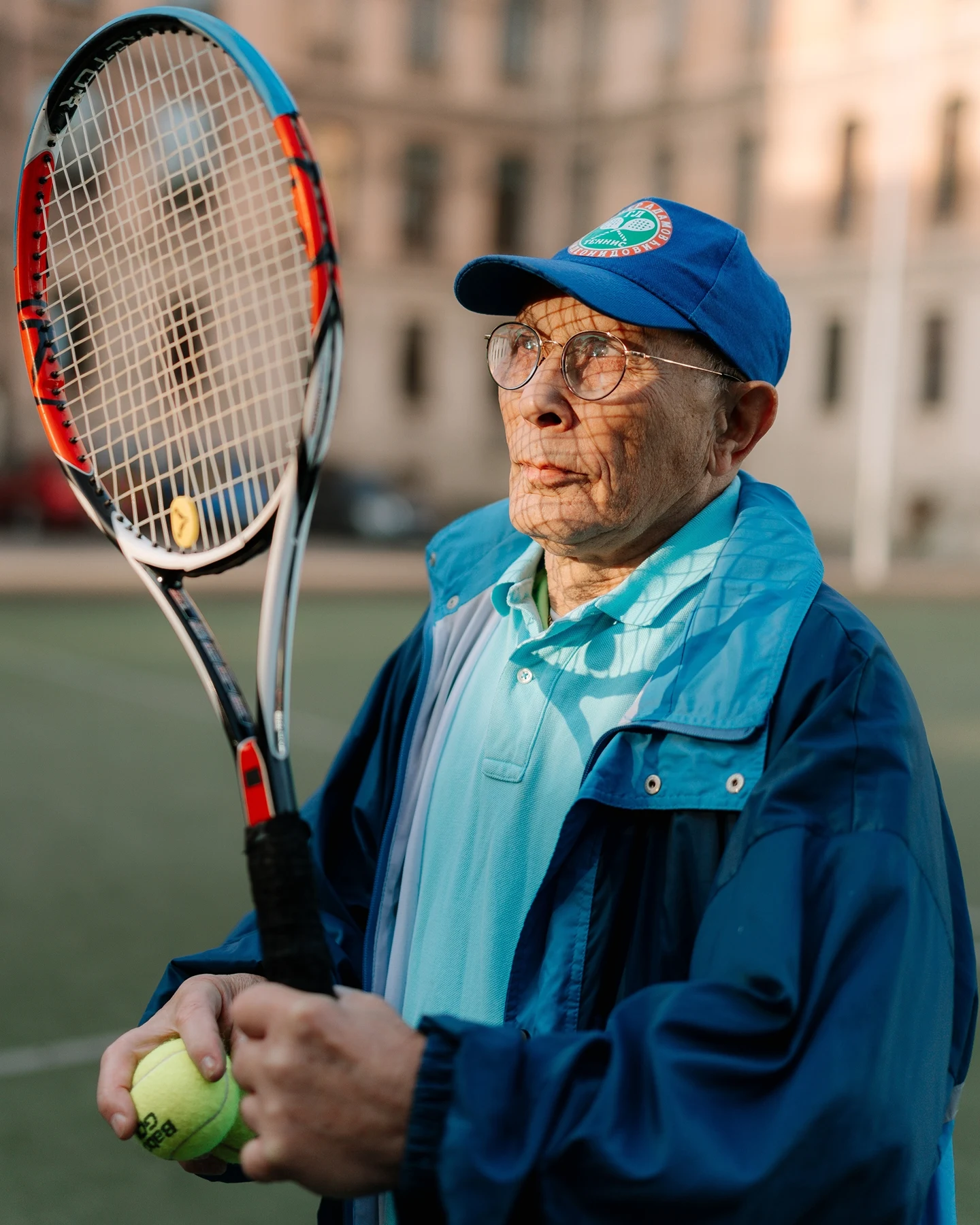Numerous physical abilities, including strength, swiftness, and stamina, deteriorate with normal aging. Along with these muscle-related reductions, there are also changes in the way the body coordinates its motions. As a result of these changes, you may find that you are unable to execute activities like dashing to catch a bus, walking around the garden, carrying groceries into the house, maintaining your balance on a slippery surface, or playing catch with your grandchildren as well as you once could. However, are these actions required to deteriorate? Consider why these reductions occur—and what you might do to reclaim your strength and coordination.
Change in strength
Age-related declines in strength, speed, and stamina are all connected with decreased muscle mass. Although there is little muscle loss between the ages of 20 and 40, after age 40, there can be a loss of 1% to 2% of lean body mass and 1.5 to 5% of strength per year.
Muscle mass loss is associated with both a decrease in the number of muscle fibers and a decrease in fiber size. They die if the fibers become too tiny. Fast-twitch muscle fibers contract and die at a faster rate than other muscle fibers, resulting in a loss of muscular speed. Additionally, the ability of muscles to repair themselves reduces with age. One element contributing to these changes is a decrease in muscle-building hormones and growth factors such as testosterone, estrogen, dehydroepiandrosterone (often referred to as DHEA), growth hormone, and insulin-like growth factors.
Coordination shifts
Coordination changes are less a function of muscles and more a function of the brain and neurological system. Multiple brain centers must be linked in order for you to perform tasks ranging from golfing to holding a coffee cup steady as you walk across a room. This emphasizes the critical nature of the brain's wiring, the so-called white matter that connects the various brain regions.
Unfortunately, the majority of persons over the age of 60 who consume a western diet and do not exercise regularly have some small "ministrokes" (also known as microvascular or small vessel disease) in their white matter. Although the strokes are imperceptible when they occur, they can damage connections between critical brain coordination centers such as the frontal lobe (which directs movement) and the cerebellum (which provides on-the-fly corrections to those movements as needed).
Additionally, as you age, you lose dopamine-producing cells, which can delay your movements and impair your coordination; thus, even if you do not get Parkinson's disease, many people develop some of the movement abnormalities associated with Parkinson's.
Finally, visual modifications—the "eye" aspect of hand-eye coordination—are critical. Eye problems such as cataracts, glaucoma, and macular degeneration are substantially more prevalent in older persons. Additionally, modest visual impairment might be the first indicator of aging-related cognitive problems, such as Lewy body disease and Alzheimer's disease.
How to Improve Your Strength and Coordination
It turns out that one of the primary causes of aging-related weakness and coordination loss is simply a lack of physical activity. In our society, there is a myth that it is acceptable to undertake less exercise as you age. The reality is just the contrary! As you age, it becomes increasingly necessary to exercise frequently—potentially even increasing the amount of time you spend exercising to compensate for hormonal changes and other uncontrollable factors. The good news is that strengthening and coordination workouts can benefit people of any age. (Note, however, that as you age, you may need to be more cautious with your exercise routines to avoid injury. If you're unsure which workouts are best for you, see your doctor or physical therapist.
Whether you are 18 or 88 years old, the following activities will help you develop your strength and coordination:
Participate in aerobic exercise for at least 30 minutes five days a week, such as brisk walking, jogging, biking, swimming, or aerobic classes.
At least two hours per week, engage in activity that improves strength, balance, and flexibility, such as yoga, tai chi, Pilates, or isometric weightlifting.
Play sports you want to get better in, such as golf, tennis, and basketball, as often as you can!
Utilize teacher-led sessions and assistance from coaches and trainers to enhance your fitness abilities.
Consult your physician for treatment of diseases that may impair your ability to exercise, such as orthopedic injuries, cataracts, and other vision difficulties, and Parkinson's disease and other movement disorders.
A Mediterranean diet rich in fish, olive oil, avocados, fruits, vegetables, nuts, legumes, whole grains, and chicken will fuel your brain and muscles. Consume additional foods sparingly.
Sleep well Because when you sleep, you can actually improve your skills.

